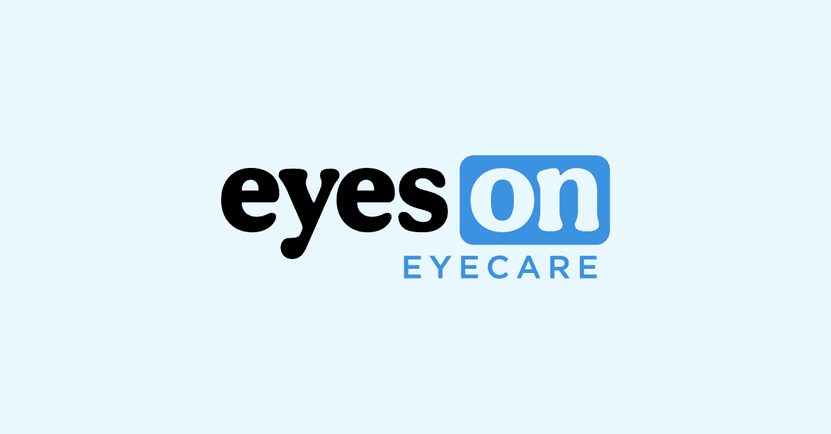There are many innovative applications of the bandage contact lens that can make a big difference in certain situations. A bandage contact lens (BCL) is one of the simplest and most powerful instruments available to eye doctors to heal a problematic cornea. Surprisingly, many eyecare providers underutilize this amazing tool. Having worked in a surgical eyecare practice for the last several years, I have seen many interesting and effective techniques to heal a cornea with a bandage contact lens. My goal in this article is to share a couple of these techniques with you.
“The concept of bandage contact lenses is fairly simple: an extended wear soft contact lens is applied to the eye to stop further insults or injury to the already damaged cornea.”
Not only does a BCL stop injuries or irritations that come from outside of the eye (such as shearing and rubbing of eyelids against the lesion), it also provides a more stable environment underneath the contact lens to allow new epithelium to regenerate more easily.
A BCL is effective treatment for virtually any non-infective superficial corneal condition. Some ODs fear that by adding a BCL onto an epi-defect, you are increasing the risk of a corneal infection, but this fear is greatly exaggerated. As long as the BCL is being used on a fairly short term basis of around 2 weeks and the cornea is being treated with a topical antibiotic or antibiotic/steroid combination eye drop, there is very little to fear.
Numerous studies have shown that a topical antibiotic gets underneath a BCL in sufficient quantities to effectively fight harmful bacteria.
Treatment of a corneal abrasion
When a patient presents to you with a corneal abrasion, the patient is generally in significant pain and risks missing work/school while the eye heals.
My favorite technique for treating a corneal abrasion is a simple formula: BCL + topical antibiotic QID + NSAID QID. Then, see the patient back in a week to remove the bandage contact lens and make sure there is no longer an epi-defect present. The patient does not need to remove the BCL until they see you again.
This simple formula dramatically relieves most, if not all of the pain the patient may be experiencing (which is a big plus for the patient and earns you instantaneous trust) but it also allows the patient to return to work/school or any other daily activities without missing a beat. Oral pain meds can be used as means to further reduce the pain of a patient in this situation but are typically not needed.
Treatment of corneal exposure and dellens
Surprisingly, some conditions of the cornea which are caused by dryness can be treated with a bandage contact lens. The BCL will actually trap moisture underneath the contact lens. The BCL actually keeps fluid on the eye for a longer time than an artificial tear that is applied without a bandage contact lens. The result is prolonged contact of fluid against the cornea while also protecting the eye from further irritation and injury. As long as there is a regular flow of topical drops to the eye, the cornea will not dry out and actually improve patient comfort and healing time.
Corneal exposure and dellens can be treated by using a BCL in conjunction with artificial tears every two hours while the patient is awake. If an eye doctor is concerned about infection, a topical antibiotic can be used every two hours instead of an artificial tear.
As we all know, a dellen is where a section of the corneal stroma becomes dehydrated resulting in a thinning divot or pit in the peripheral cornea. Often, dellens are treated successfully with artificial tears or ointments. However, sometimes they are very stubborn to resolve despite copious artificial tears. In that case, practitioners have resorted to pressure patching the eye to ensure there is adequate moisture to the eye. A better alternative to pressure patching is to use a BCL as described above.
Keep in mind when treating a dellen that the BCL needs to be quite close to the surface of the cornea in order to be effective. So if the dellen is caused by an extraordinarily large elevated nodule on the conjunctiva, then the BCL may not stay in place or fit well enough to retain fluid.
There are many other indications for a BCL, such as the treatment of recurrent corneal erosions, neurotrophic ulcers, bullous keratopathy, sealing wound leaks, entropion, chemical burns, and post corneal surgery. But if a practitioner regularly uses BCLs, the end result will be patients whose eyes heal faster and are more comfortable. It also doesn’t hurt of course that a BCL is a separate billable service above and beyond the E&M code.
